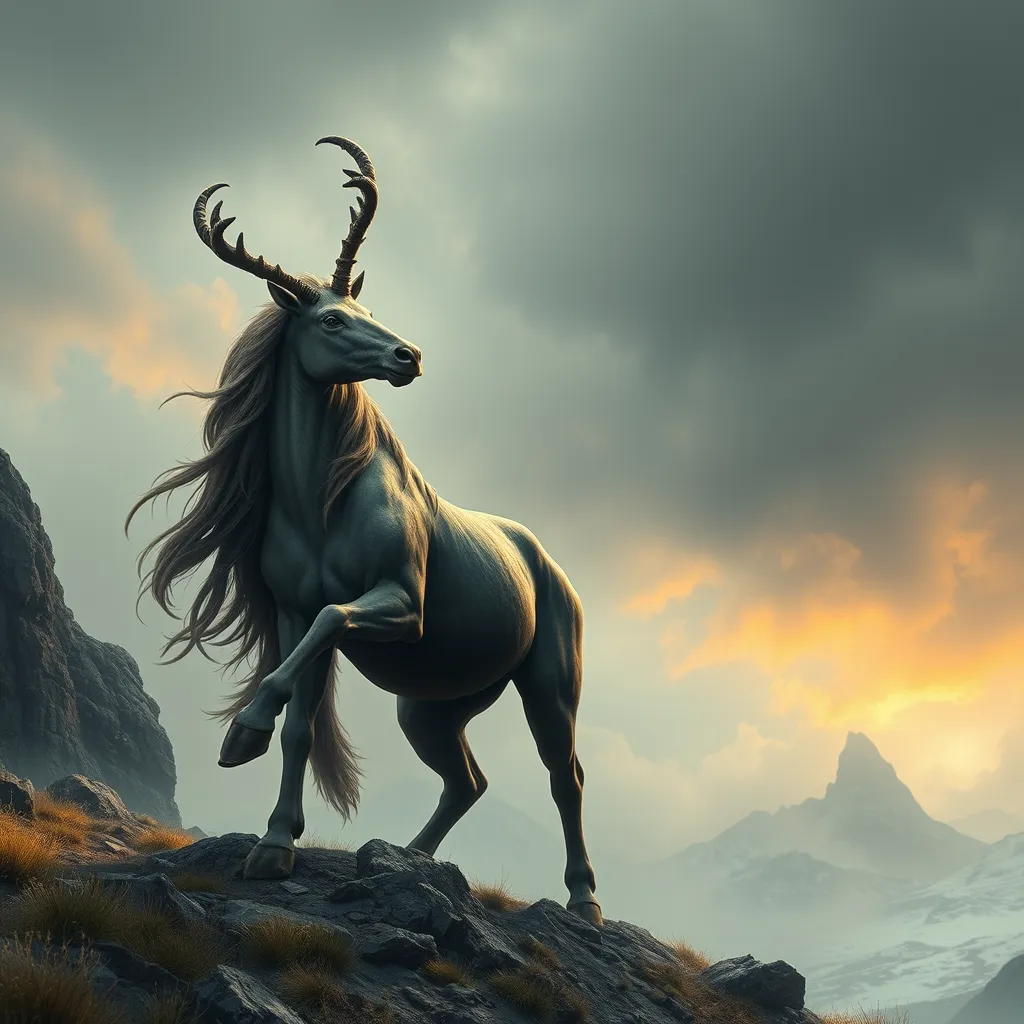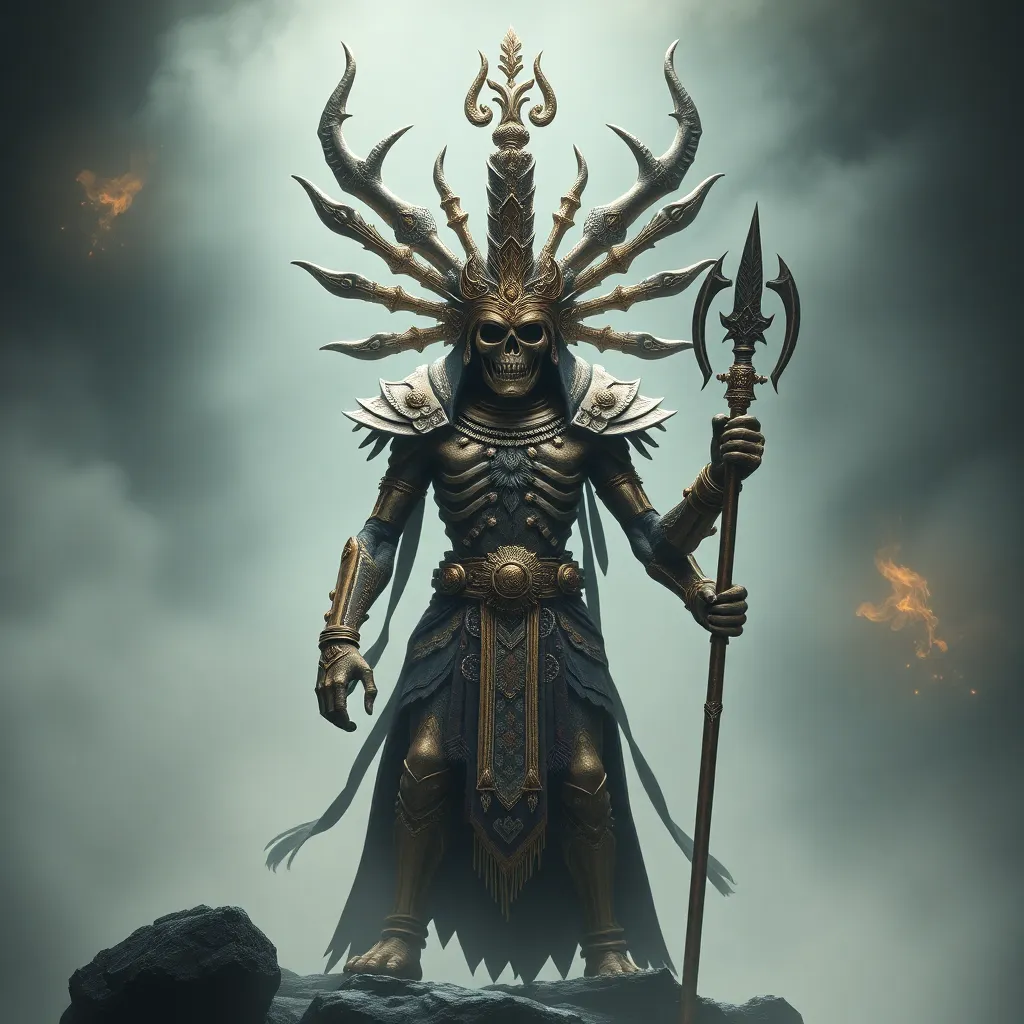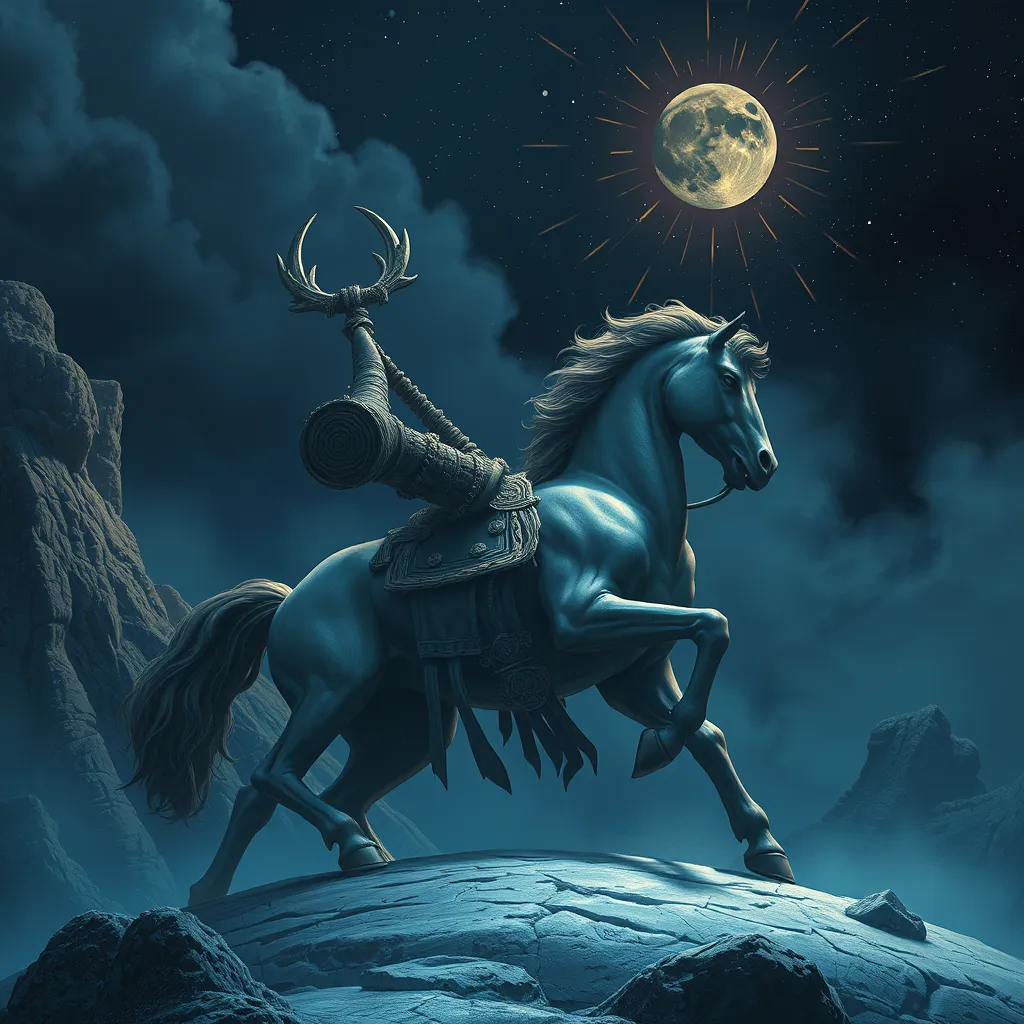The Centaur’s Legacy in Norse Mythology: The Influence of the Centaur on Norse Beliefs
I. Introduction
Centaurs, the half-human, half-horse beings of ancient mythology, have long fascinated cultures across the globe. Originating in Greek mythology, these creatures symbolize the duality of human nature, embodying both the primal instincts associated with animals and the rationality of humanity. This article aims to explore the influence of centaurs on Norse beliefs, highlighting their significance in mythology, literature, and culture.
Exploring the impact of centaurs on Norse mythology provides valuable insights into how ancient peoples adapted and transformed myths from one culture to another. This examination will reveal the complexities of Norse beliefs and the ways in which they interacted with and were influenced by the mythological traditions of their neighbors.
II. The Origin of Centaurs in Mythological Traditions
The concept of centaurs first emerged in Greek mythology, where they were often depicted as wild and unruly creatures. Their origins can be traced back to the ancient tales of the Thessalian region, where they were described as the offspring of Ixion, a mortal king, and a cloud created by Zeus. Early representations of centaurs highlighted their dual nature, showcasing both their human intelligence and their animalistic tendencies.
As the Greek myths spread, the imagery and characteristics of centaurs began to transition into other cultures, including Norse mythology. In this context, centaurs were reinterpreted and infused with local beliefs and practices, leading to unique manifestations of the centaur archetype in Norse texts.
III. The Role of Nature and Animals in Norse Beliefs
Norse mythology is deeply intertwined with nature, with many deities and mythical beings representing natural elements and animal characteristics. The importance of nature is evident in various myths, where gods like Odin and Thor interact with the world around them, often accompanied by animals that symbolize specific traits or powers.
The concept of animal-human hybrids is also prevalent in Norse culture, with figures such as Fenrir the wolf and Sleipnir the eight-legged horse. Comparing centaurs to these beings reveals interesting parallels:
- Fenrir: A monstrous wolf representing chaos and destruction, similar to the wild aspects of centaur nature.
- Sleipnir: Odin’s steed, a blend of horse and human characteristics, embodying strength and loyalty.
These examples illustrate how Norse mythology embraced hybrid beings, reflecting a cultural understanding of the interconnectedness of humanity and the natural world.
IV. Centaurs in Norse Literature and Texts
While centaurs are not as prominent in Norse literature as in Greek texts, there are several references and centaur-like figures found within the sagas and poems. For instance, some scholars suggest that certain descriptions of mythical beings might allude to the centaur archetype, albeit subtly.
In the Poetic Edda and Prose Edda, which are foundational texts of Norse mythology, one can find creature descriptions that parallel the characteristics of centaurs. Such figures often embody traits of both humanity and nature, reflecting the internal struggles faced by Norse heroes.
Interpreting these references sheds light on how the symbolism of centaurs was integrated into the existing narrative frameworks of Norse mythology, serving as a metaphor for the complexities of life, conflict, and the human condition.
V. The Centaur as a Symbol of Duality
The centaur stands as a powerful representation of duality, encapsulating the conflict between civilization and nature. In Norse thought, this duality is echoed in the lives of heroes who navigate the tension between their human rationality and primal instincts.
Key aspects of this duality include:
- Conflict: The centaur embodies the struggle between civilized behavior and wild tendencies, reflecting the inner conflicts faced by Norse warriors.
- Balance: The need for harmony between human intellect and the instinctual nature found in the wild is a recurring theme in Norse mythology.
This duality is significant in understanding how Norse heroes are portrayed; they often grapple with their identities, balancing their responsibilities to society and their innate desires.
VI. Artistic Representations of Centaurs in Norse Art
Archaeological findings from the Viking Age reveal that centaur imagery influenced Norse art, although such representations were not ubiquitous. Artifacts like carvings, jewelry, and textiles occasionally depict hybrid creatures, symbolizing the blending of human and animal forms.
Examples of centaur motifs in Viking Age art include:
- Carvings on runestones that depict equine figures with human characteristics.
- Textiles featuring designs that echo the centaur’s dual nature.
These artistic representations highlight the cultural exchange between Greek and Norse traditions and underscore the lasting legacy of centaurs as symbols of complexity in the human experience.
VII. The Influence of Centaur Mythology on Contemporary Norse Paganism
In recent years, there has been a revival of interest in Norse mythology, with many contemporary practices incorporating elements of ancient beliefs. Centaurs, as symbols of duality and balance, have gained popularity in modern pagan rituals and spirituality.
Contemporary applications of centaur symbolism include:
- Rituals that emphasize the connection between the human and natural worlds.
- Symbolic representations in art and literature that celebrate the hybrid identity.
This ongoing engagement with centaur mythology illustrates how ancient beliefs continue to resonate, bridging the gap between the past and present in modern spiritual practices.
VIII. Conclusion
The centaur’s impact on Norse mythology is multifaceted, influencing narratives, artistic representations, and spiritual beliefs. The enduring legacy of centaurs in cultural storytelling highlights their role as symbols of duality and complexity within the human experience.
As interest in hybrid mythological beings continues to grow, future research may uncover even more connections between centaurs and other mythological figures, enriching our understanding of Norse culture and its interactions with other traditions.



